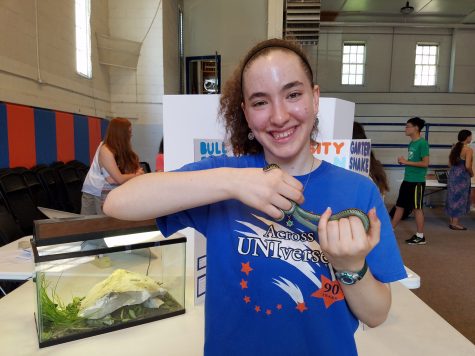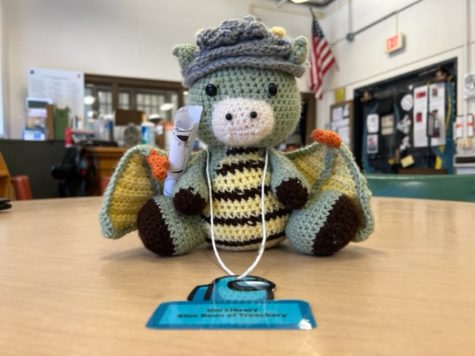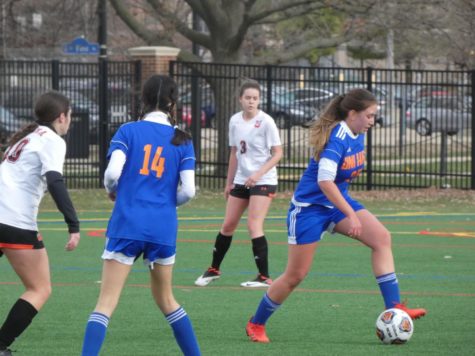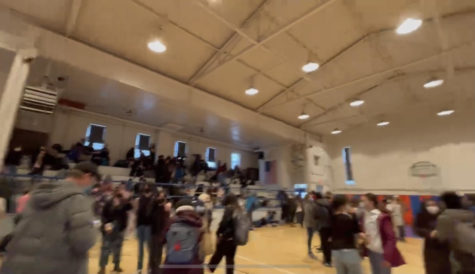A Little Clubbing Never Hurt Anybody
With nearly 50 clubs for its approximately 300 students, Uni High has nearly twice as many clubs as Urbana High School has for over a thousand students.
It is quite simple to start a club at Uni, requiring only a sponsor and the approval of the Student Council. During the fall semester of the 2016-2017 school year, eight new clubs were introduced and approved, with an additional two clubs approved only a few weeks into the spring semester. Despite the amount of clubs approved, according to Richard Murphy, a Student Council sponsor/advisor, “over a period of years, the number [of clubs] stays about the same. . . new clubs get started, and others. . .they kinda die out.”
Contributing to the eventual demise of clubs is the lack of times for clubs to meet. Within the school week, including after-school periods, there are ten times for clubs to meet. If the 50 clubs were evenly divided among the 10 periods, there would be at least five clubs in each period, However, they are not divided evenly. While one lunch period may have as many as eight clubs, a Uni period may have as few as two or three.
“It’s hard to schedule a club so that there’s not a conflict with several others,” junior Sophia Ebel says, “and it’s easy to forget that certain clubs even exist if they don’t have much of a presence.” At this point, she continues, club attendance and popularity depend partially on whether or not a club appeals “to a large percentage of the student body,” and partially about whether or not “people know about them. Clubs that send out emails . . . and have more of an impact on the Uni community,” she says, are usually more popular.
Clubs that have a “mission, outside of the club, that keeps people coming” are especially popular, says World History teacher Ben Leff, who sponsors/co-sponsors several clubs. He thinks this mission is part of the reason charitable clubs like Habitat for Humanity prosper, with as many as 40 or 50 attendees. Along with having a “high noble mission,” the large fundraising aspect of most charitable clubs at Uni, gives students a “reason to go each week.”
While charitable clubs are not the only popular clubs, their high popularity does tend to contribute to the collapse of other clubs.
“When you have clubs like the Spring Initiative and the Habitat,” Murphy explains, “those clubs are so large that the clubs that try to meet on those days that they meet are pretty much driven out of the business because of the popularity of the other clubs.”
Is there anything club leaders could do to make their clubs more successful in terms of popularity? Junior Anna Ding says yes. “A lot of people who lead clubs,” she says, “don’t actually spend a lot of time preparing and organizing what they do in the club.” In Anna’s opinion, if club leaders were to prepare in advance, do outreach, and have fun activities, more people would go to their clubs.
Additionally, Anna thinks “a lot of Uni students feel stressed all the time, so when they have free time, such as during Uni period, or lunch, they might not want to spend that time going to a club.”

I am a sophomore, and this is my first semester of Journalism. I enjoy reading and baking.
When writing articles for the Gargoyle, I like to discuss...




